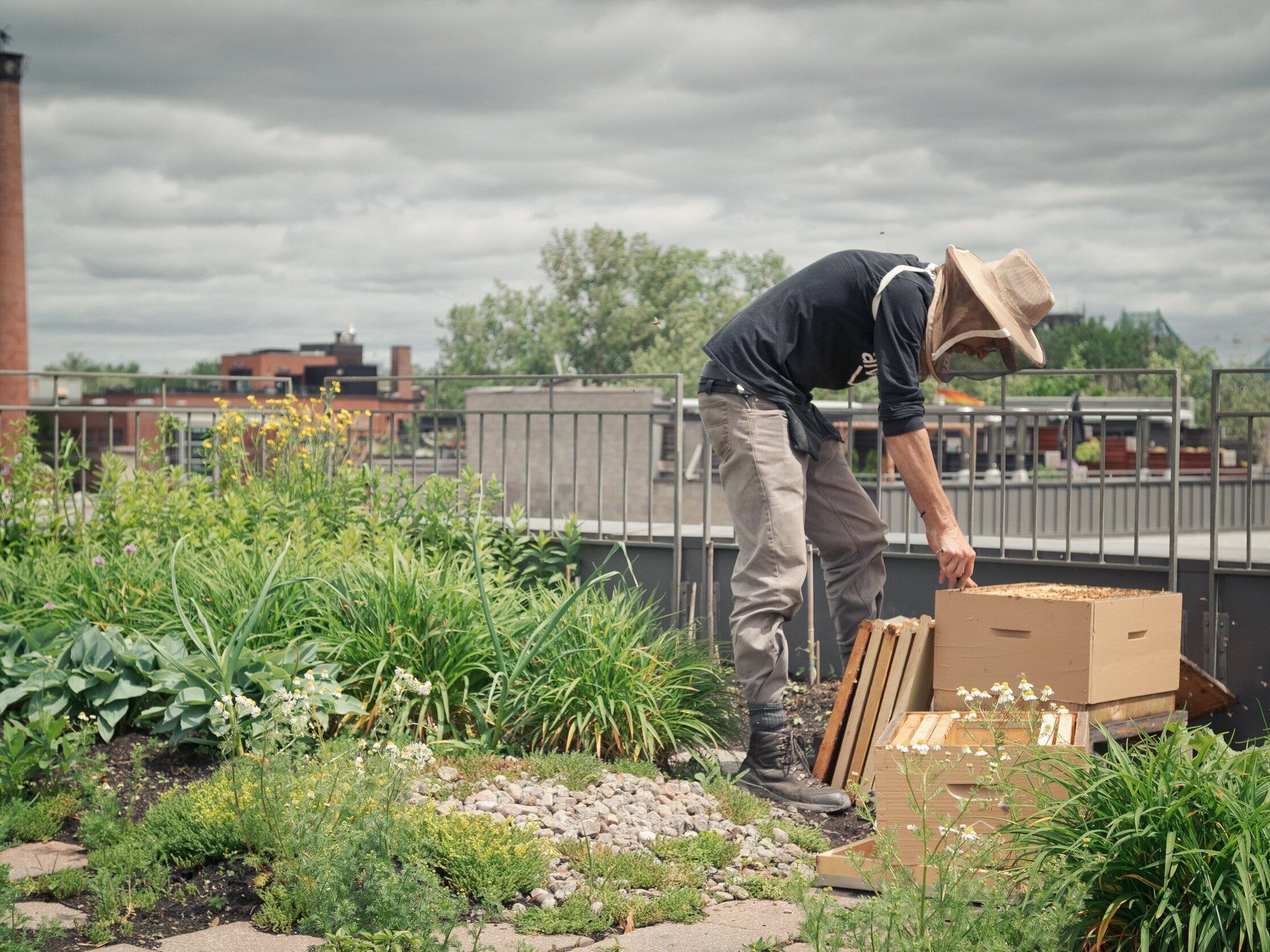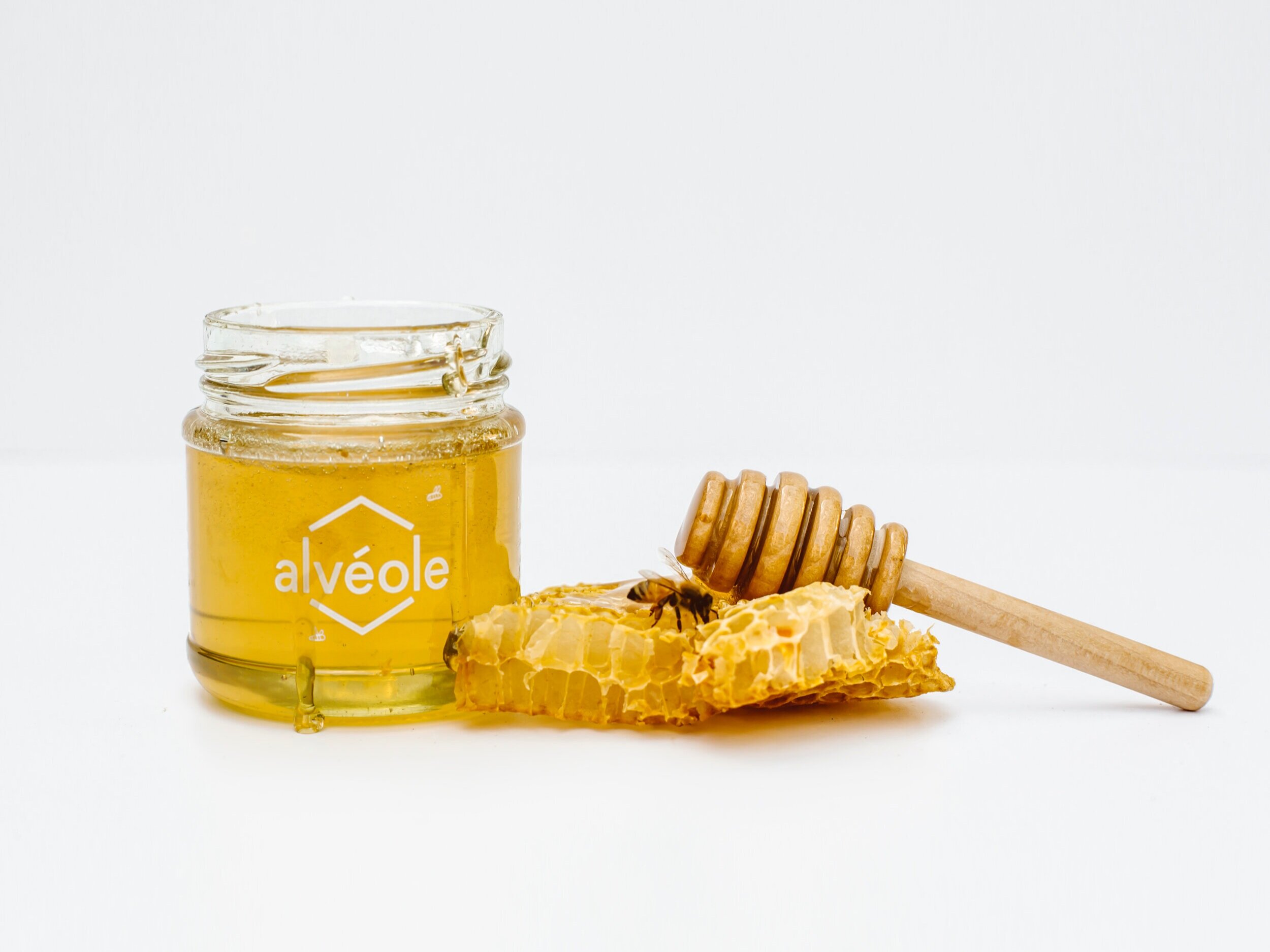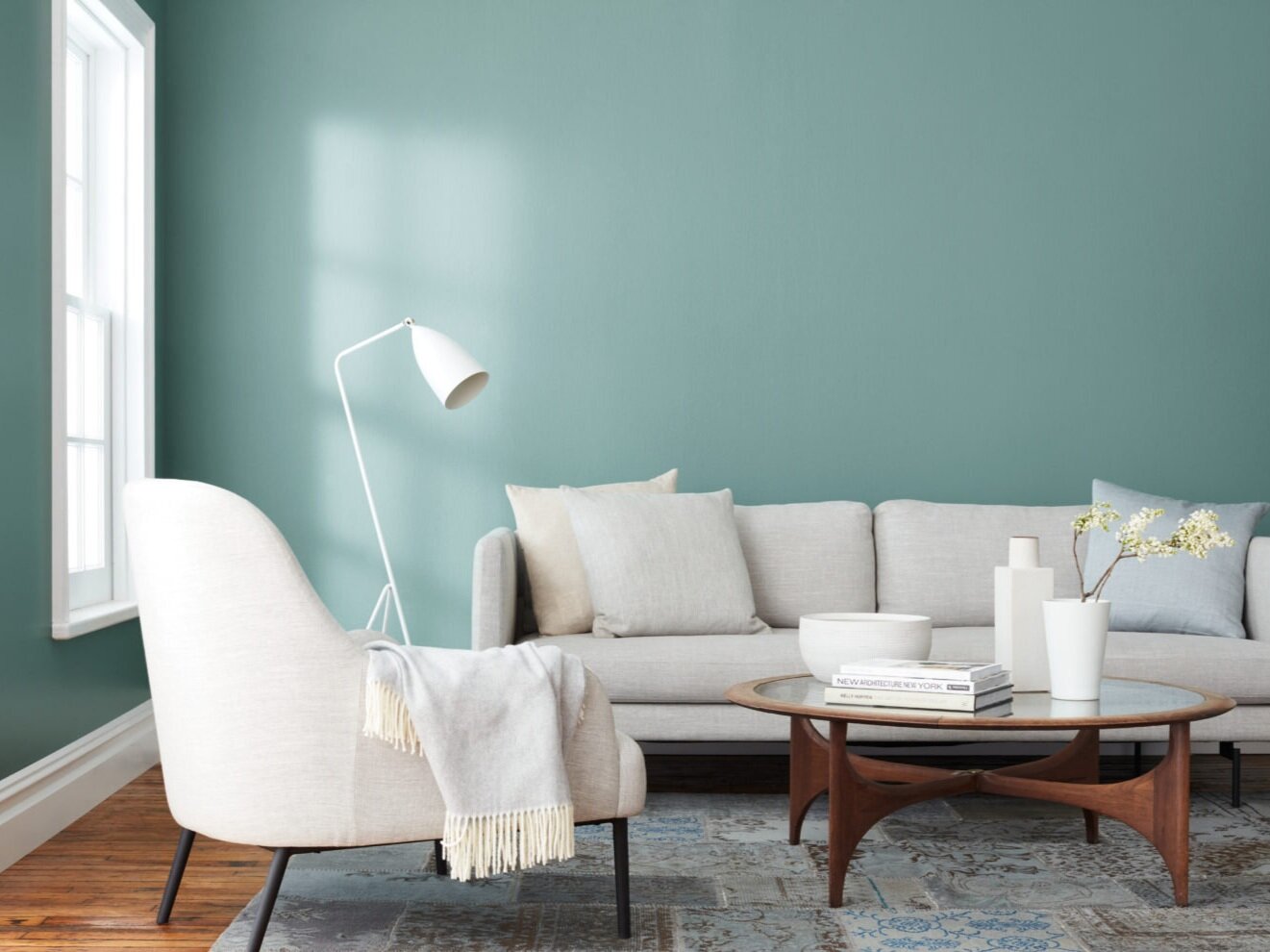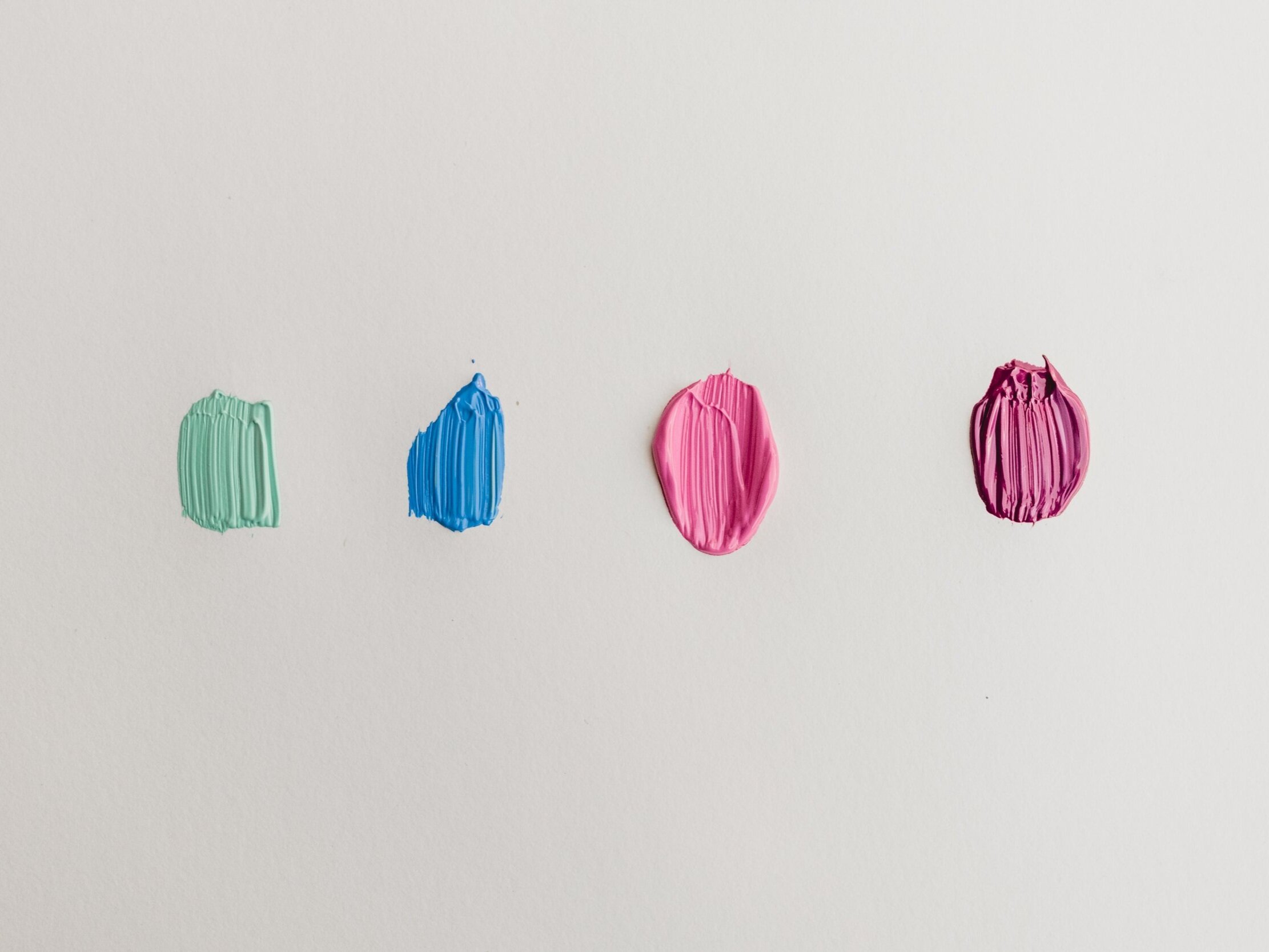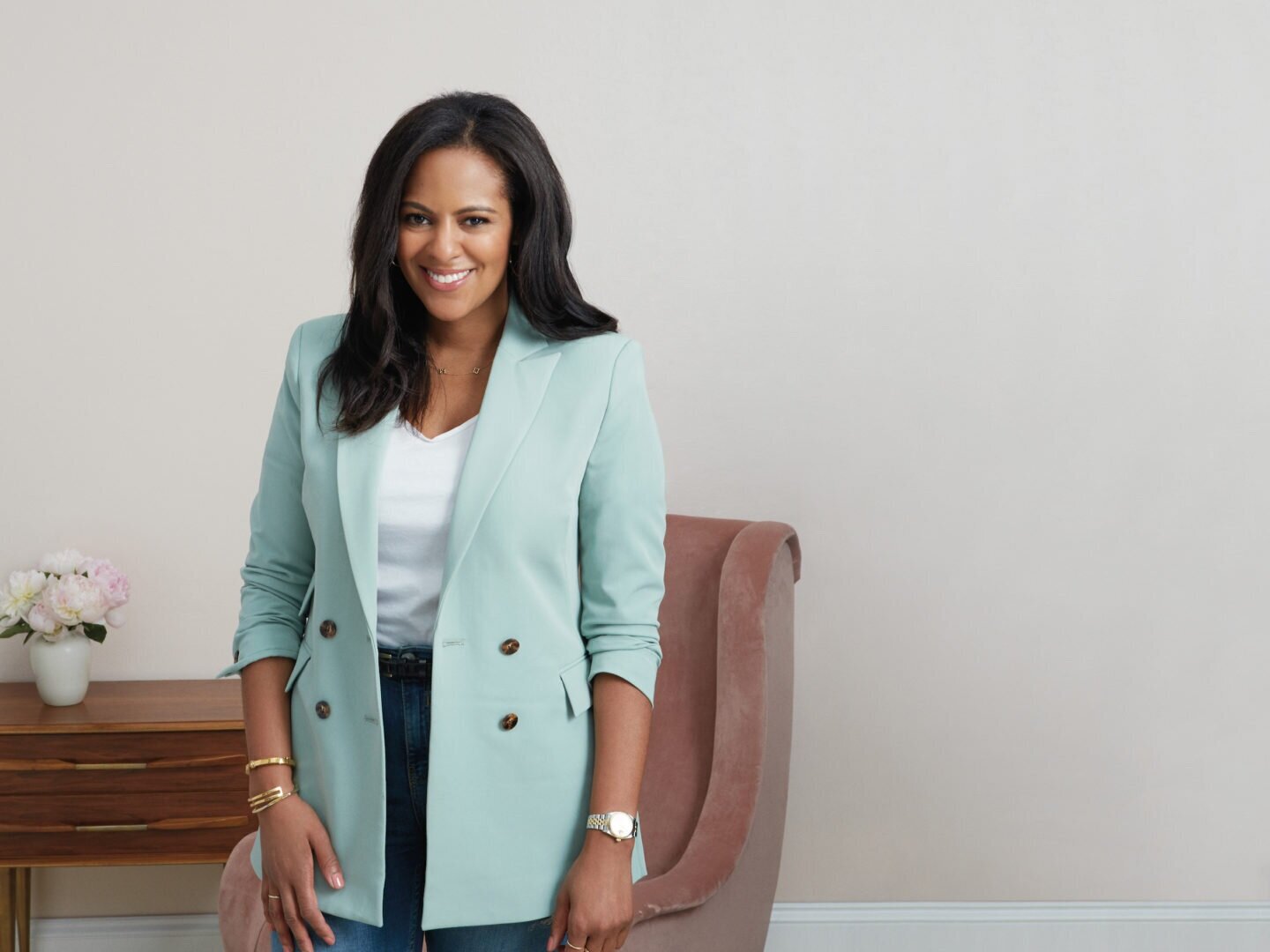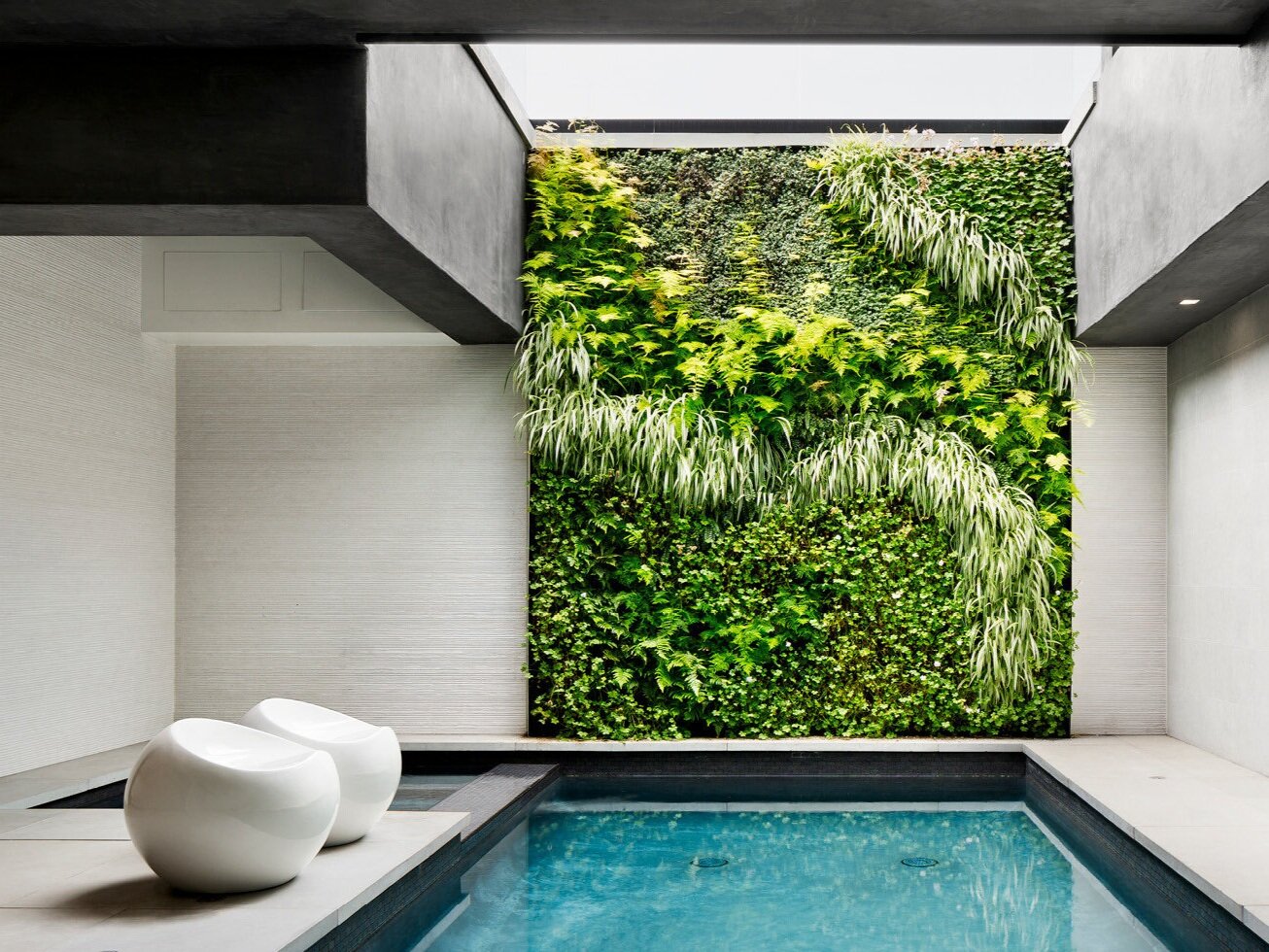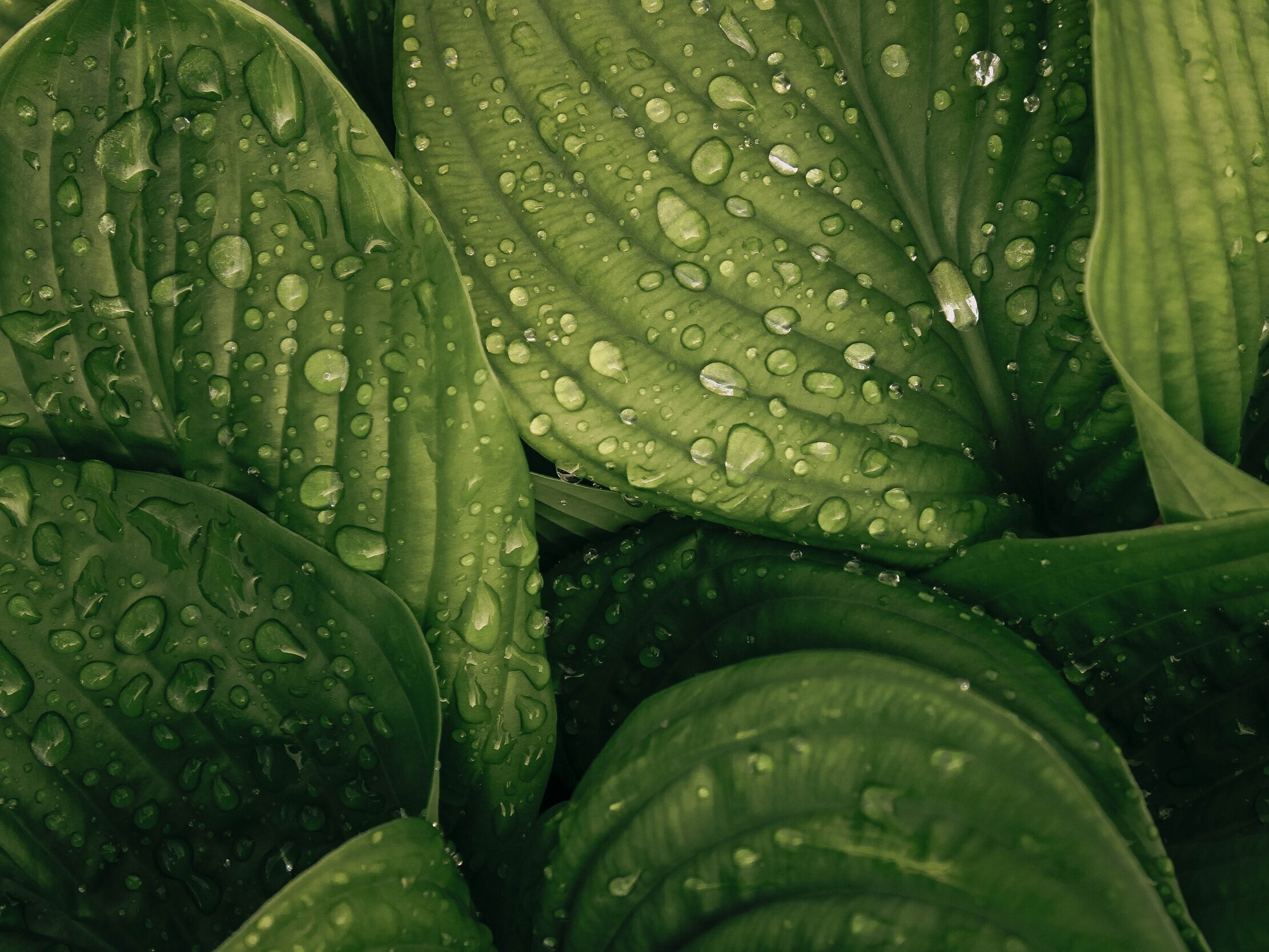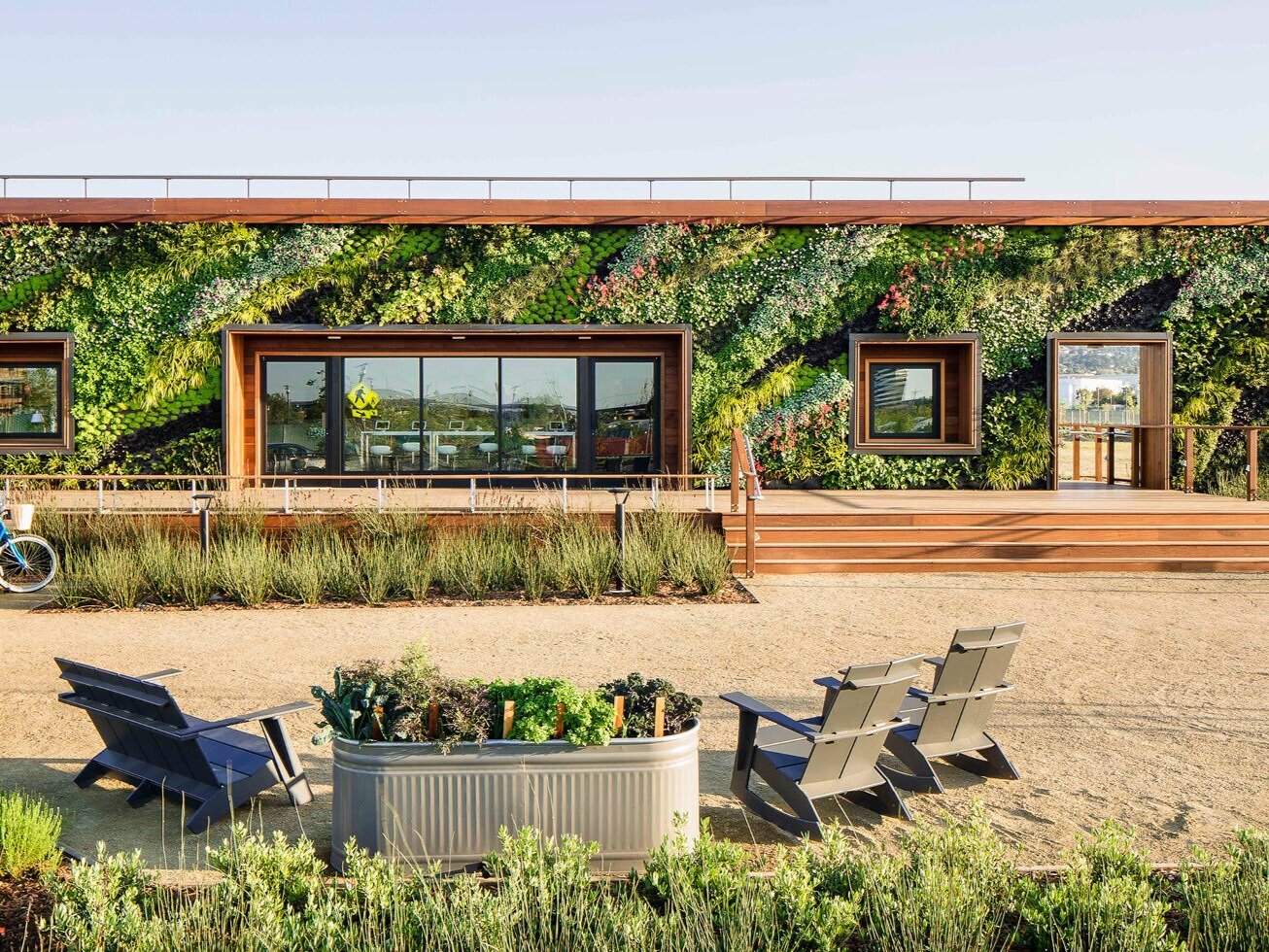Sustainability Collaborators To Know | July 2020 | Alvéole, Clare, Habitat Horticulture
Sustainability is no longer a "nice to have," it's a must-have when it comes to a real estate development’s bottom-line, and can offer the differentiation needed to decrease absorption time to sell or lease-up.
Consumers desire and will justify a premium for sustainable features like energy-efficiency, better air quality, and other thoughtful design elements that contribute to their holistic well-being. As younger and more socially-conscious generations enter the market, they will demand and choose to live in buildings that have notable elements of sustainability. These are the places that they will call home.
There are so many incredibly talented companies in this space when it comes to residential real estate development. Here are three that we think you should know about this month.
Alvéole
Bringing bees to your building requires minimal resources while creating an abundance of benefits for your bottom line, for your residents, and for the environment.
The basics. Alvéole’s beehives are currently thriving in 14 major cities across North America, including Los Angeles, Houston, Chicago, Washington, Philadelphia + New York. Their client list over the past nine years includes multiple buildings within the Hines, Brookfield Properties, and Kilroy portfolios; their 90% client retention rate over the past seven years speaks volumes about their ability to manage and maintain their urban hives.
The how. The beehives have very reasonable startup + turnkey maintenance costs; a seasonal schedule is made up of three phases — installation, care + maintenance, and harvest. The beekeeping season runs approximately from April to October, and offers end users to interact virtually or in person via a series of carefully curated educational + fun events. One hive nets a building approximately 30 pounds of honey (100 jars). Two hives, double the honey.
The benefits. Collaborating with Alvéole offers a development the ability to actively participate in and support biodiversity in addition potentially earning valuable points towards LEED and BOMA BEST (Canada) certifications. The company is also certified B CORP. A way to help the bees and the bottom line? Consider us sold.
Clare
It’s all in the details. A renowned interior designer has created + curated a line of environmentally friendly and toxin-free paint that Fast Company has called “the Warby Parker of paint.”
The basics. Acclaimed interior designer Nicole Gibbons spent more than a decade working in the fashion industry before embarking on a full-time career in design. A highly sought after expert, Nicole has been featured in top media outlets such as HGTV, TLC, The Rachael Ray Show, InStyle, House Beautiful, Martha Stewart Living, Real Simple, Better Homes & Gardens, Good Housekeeping, Apartment Therapy, Domino, People Magazine, Elle Decor and more.
The how. The paints are self-priming and come in only 50+ colors. This saves a development team time not having to go through various swatches trying to find the best color; they have already been curated with a designer’s thoughtful touch. There are also marketable health benefits too. With chemical-based paints, future residents of your developments will breathe in the fumes long after they have moved in; fumes can continue to off-gas for months. Clare paints are free of toxic, carbon-based solvents, and Greenguard Gold certified.
The benefits. Clare offers a top-tier product, brand association awareness, and possesses a social media audience that is likely to be highly-interested in residential real estate. Collaborating with Clare also offers a development the ability to partner with and highlight a paint collaborator that is LEED-compliant. Who wants to collaborate with a design-focused, environmentally-minded, paint company led by a Black woman? We do.
Habitat Horticulture
We’ve been big fans of Habitat Horticulture ever since seeing their exterior living walls in our home base of San Francisco. Their walls continue to be as lush as the day we first saw them, which is a testament to their talent, and operational management capabilities. The firm has done work for notable private residential homes, multi-family, commercial, and mixed-use developments.
The basics. A living wall is a system of vegetation attached to a wall – generally to the wall of a structure, either interior or exterior. In contrast to vines that move across the surface of walls, plants in a living wall are rooted directly into the medium attached to the wall. This method prevents damage to paint, stucco, siding and any other exterior surfaces on the wall and also allows the flexibility to plant various species in the same vertical space.
The how. Habitat Horticulture’s living wall systems can be set up for complete automation where the plants will thrive on just a quarterly maintenance regime; a monthly maintenance package can also be put in place, depending on the project needs. For their living walls located outside the San Francisco Bay Area, Habitat Horticulture provides easy and extensive maintenance training to local landscapers and interior plant-scapers.
The benefits. Energy efficiency; creates a protected ecosystem for native plants; utilizes space for a maximum efficiency; reduces noise and helps with acoustics; cleaner air; and most importantly a sense of wellness + a natural stress reducer. Collaborating with Habitat Horticulture also offers a development the ability to support biodiversity and earn valuable points towards LEED certification. Plants make people happy, and they help heal in these turbulent times. More plants, please.
We hope that these three talented collaborators inform, inspire, + educate you about ways in which to navigate the adventure that new development 2020 and beyond is proving to be. We will continue to curate, discover, and share.
